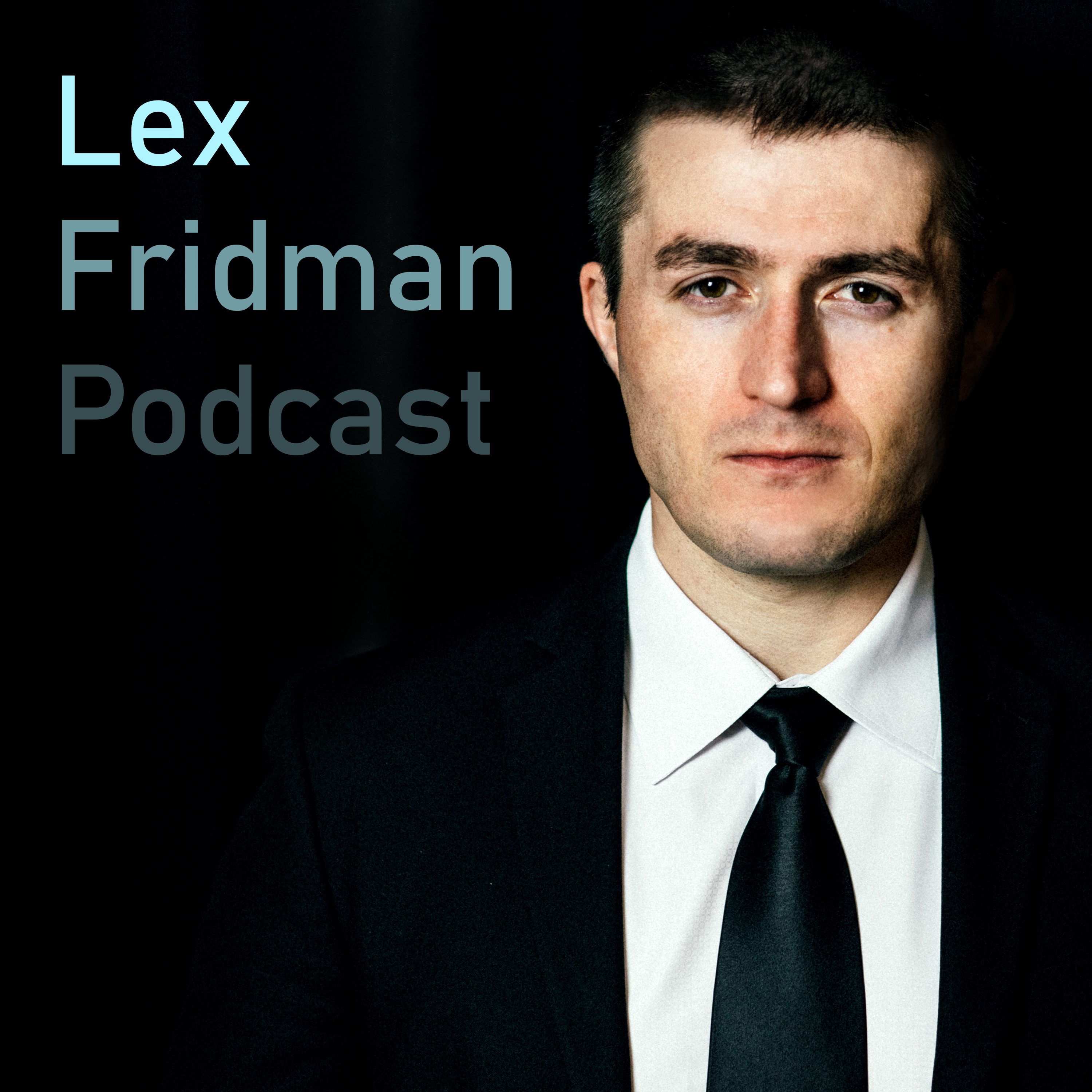Chapter

How Quick Memories Are Formed
The process of forming very short-term memories or quick memories happens when silent synapses are converted into active synapses through synaptogenesis, according to a proposed theory. The theory posits that learning involves connecting to a group of cells rather than adjusting numerous weights in synapses.
Clips
The brain converts silent synapses into active synapses to form short-term memories, which can only become long-term memories through synaptogenesis or the formation of new synapses on the dendrite.
1:31:01 - 1:34:05 (03:04)
Summary
The brain converts silent synapses into active synapses to form short-term memories, which can only become long-term memories through synaptogenesis or the formation of new synapses on the dendrite.
ChapterHow Quick Memories Are Formed
EpisodeJeff Hawkins: Thousand Brains Theory of Intelligence
PodcastLex Fridman Podcast
The learning process in artificial neural networks involves connecting currently active cells, instead of adjusting all the weights, using a simple process called backpropagation to adjust the neural connections.
1:34:05 - 1:36:02 (01:56)
Summary
The learning process in artificial neural networks involves connecting currently active cells, instead of adjusting all the weights, using a simple process called backpropagation to adjust the neural connections.
ChapterHow Quick Memories Are Formed
EpisodeJeff Hawkins: Thousand Brains Theory of Intelligence
PodcastLex Fridman Podcast
The founder of the Kavli Institute for Brain Science expresses his optimism for the future by recounting how scientists used to estimate it would take 50-500 years to understand the cortex, but advances in the field have already far exceeded those predictions.
1:36:02 - 1:36:52 (00:50)
Summary
The founder of the Kavli Institute for Brain Science expresses his optimism for the future by recounting how scientists used to estimate it would take 50-500 years to understand the cortex, but advances in the field have already far exceeded those predictions.